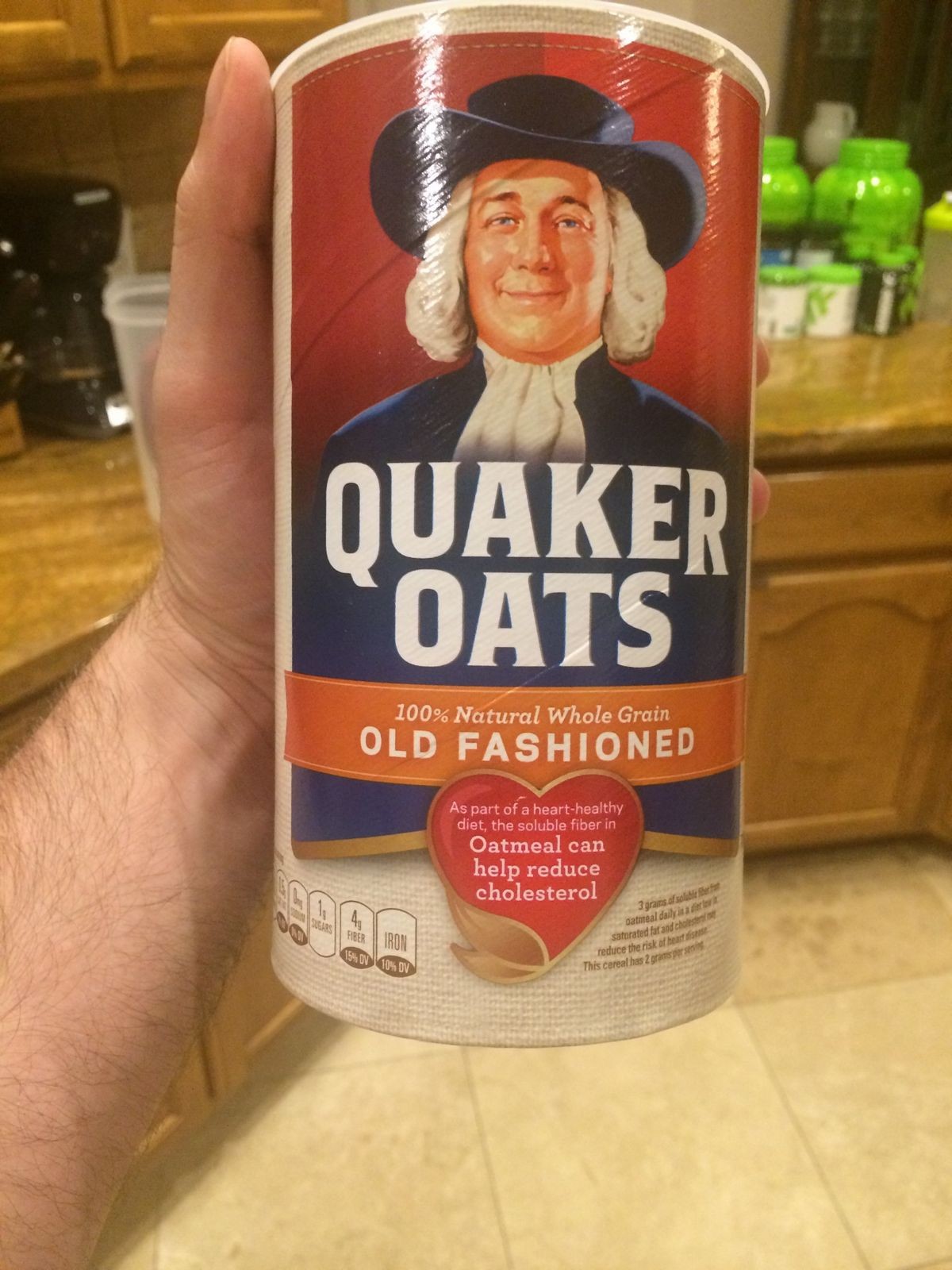
Is Cream of Wheat Healthier Than Oatmeal?
Cream of Wheat and oatmeal are both popular and satisfying breakfast options. However, Cream of Wheat stands out as an excellent source of iron and B vitamins.
While both are healthy breakfast choices, their suitability for your health goals may differ. Both hot cereals are rich in B vitamins and iron, but oatmeal may be more suitable if you’re concerned about sodium intake or have gluten sensitivity.
Cream of Wheat, a hot breakfast cereal, was created in North Dakota in 1893. It is made from wheat-derived Farina, a milled cereal grain.
Uncooked Cream of Wheat is a finely powdered cereal. To prepare, mix the powder with milk or water, and simmer it on low heat until it thickens. Once cooked, it acquires a smooth, thick, and creamy texture. You can enhance its flavor with various toppings such as berries, spices, toasted nuts, and maple syrup.
Cream of Wheat is readily available in U.S. grocery stores, offering a range of flavors like maple brown sugar, banana walnut, cocoa nut with almonds, cinna-apple walnut, mixed berry with almonds, bananas and cream, whole grain, and original.
What is oatmeal?
Oatmeal, also known as regular oatmeal or old-fashioned oats, is easily found in grocery stores. It is a popular hot cereal and breakfast choice.
Various types of oats are available, including quick oats, instant oats, and steel-cut oats. These varieties differ based on how they are steamed, flattened, and sliced. Quick and instant oats are typically thinner and more processed than old-fashioned oats. Steel-cut oats have a heartier and chewier consistency.
Nutritional value of Cream of Wheat vs. oatmeal
Cream of Wheat is low in calories and packed with essential nutrients.
A cup of cooked Cream of Wheat (made with water) contains:
- Calories: 126
- Protein: 3.61 grams
- Fat: 0.53 grams
- Carbs: 26.4 grams
- Fiber: 1.26 grams
- Iron: 9.39 milligrams
- Niacin: 1.3 milligrams
- Vitamin B6: 0.03 milligrams
- Thiamine: 0.14 milligrams
- Riboflavin: 0.06 milligrams
- Folate: 30.1 micrograms
- Selenium: 7.03 micrograms
- Calcium: 218 milligrams
- Copper: 0.1 milligrams
Cream of Wheat is rich in B vitamins, crucial for brain function, energy transportation, and DNA synthesis.
Vegetarians looking for iron sources will find Cream of Wheat an excellent choice. It is iron-enriched, providing more than half the daily value for a 2,000-calorie diet.
Iron is essential for oxygen transportation, brain development, and growth in children. Iron deficiency can lead to symptoms like severe fatigue and lightheadedness. Other plant-based sources of iron include nuts, seeds, legumes, and leafy greens. Animal products like meat, poultry, and seafood are also good iron sources.
Comparatively, a cup of cooked regular oats (made with water) contains:
- Calories: 166
- Protein: 5.94 grams
- Fat: 3.56 grams
- Carbs: 28.1 grams
- Fiber: 3.98 grams
- Iron: 2.11 milligrams
- Niacin: 0.53 milligrams
- Vitamin B6: 0.01 milligrams
- Thiamine: 0.18 milligrams
- Riboflavin: 0.04 milligrams
- Folate: 14 micrograms
- Selenium: 12.6 micrograms
- Calcium: 21.1 milligrams
- Copper: 0.17 milligrams
Oatmeal is low in calories but higher in protein. Its folate and niacin content is lower compared to Cream of Wheat.
Other benefits of Cream of Wheat
Cream of Wheat offers numerous benefits alongside its nutritional value:
- Affordability: A regular box of Cream of Wheat, with approximately 24 servings, costs less than $5.00 in most grocery stores.
- Easy preparation: You don’t need advanced cooking skills to make Cream of Wheat. It is convenient to prepare using a pot, water or milk, and a microwave or stovetop.
- Delicious and satisfying: Cream of Wheat is filling and can easily be customized with sweet or savory toppings to suit your taste preferences.
Downsides of Cream of Wheat
Depending on the toppings used, Cream of Wheat may lose its health benefits. Excessive sugar, salt, or butter can lessen its dietary value.
Since Cream of Wheat contains wheat, it contains gluten. Those with celiac disease or gluten intolerance may experience gastrointestinal symptoms after consuming it.
For individuals concerned about sodium intake, the Instant Cream of Wheat variety has a relatively high sodium content. Toppings like cheese or nuts can further increase overall sodium levels.
The American Heart Association recommends consuming less than 1,500 milligrams of sodium daily, especially for individuals with high blood pressure.
QUESTION
Healthy ways to prepare Cream of Wheat and oatmeal
- Sprinkle toasted wheat germ or bran over your hot breakfast cereal for added nuttiness and additional B vitamins.
- Opt for nonfat or 2% milk instead of whole-fat milk. Plant-based milk alternatives like almond or soy milk are also suitable.
- Replace brown sugar with natural sweeteners such as honey or maple syrup.
- Top your hot breakfast cereal with berries or fresh seasonal fruit.
- Add a dollop of nut butter to increase the healthy fat content of your cereal.
- Elevate the flavor of Cream of Wheat or oatmeal with spices like cinnamon or nutmeg.
Which is healthier: Cream of Wheat or oatmeal?
Cream of Wheat and oatmeal are both healthy breakfast options. However, Cream of Wheat is an excellent source of iron and B vitamins. It is affordable, easy to prepare, and customizable with various toppings.
If you have high blood pressure, gluten sensitivities, or concerns about sodium intake, oatmeal may be the better choice in these cases.
Sources: American Heart Association, F1000Research, Harvard T.H. Chan School of Public Health, Journal of Research in Medical Sciences, Minnesota Public Radio, Nutrients, U.S. Department of Agriculture, Whole Grains Council, World Journal of Gastrointestinal Pathophysiology


